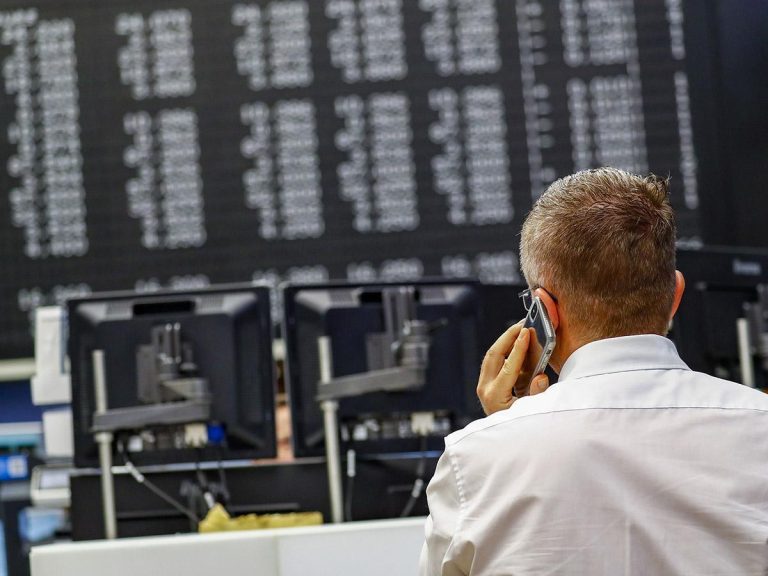European markets got off to a poor start to the week yesterday as concerns around sticky inflation, and low growth (stagflation), or recession served to push yields higher, pushing the DAX to its lowest levels since late March, pushing both it and the CAC 40 below the important technical level of the 200-day SMA.
Recent economic data is already flashing warning signs over possible stagnation, especially in Europe while US data is proving to be more resilient.
Worries over the property sector in China didn’t help sentiment yesterday after it emerged Chinese property group Evergrande said it was struggling to organise a process to restructure its debt, prompting weakness in basic resources.
The increase in yields manifested itself in German and French 10-year yields, both of which rose to their highest levels in 12 years, with the DAX feeling the pressure along with the CAC 40, while the FTSE100 slipped to a one-week low.
US markets initially opened lower in the face of a similar rise in yields with the S&P500 opening at a 3-month low, as US 10-year yields continued to push to fresh 16-year highs above 4.5%. These initial losses didn’t last as US stocks closed higher for the first time in 5 days.
The US dollar also made new highs for the year, rising to its best level since 30th November last year as traders bet that the Federal Reserve will keep rates higher for much longer than its counterparts due to the greater resilience of the US economy.
The focus this week is on the latest inflation figures from Australia, as well as the core PCE Deflator from the US, as well as the latest flash CPI numbers for September from France, Germany, Spain as well as the wider EU flash number which is due on Friday. This could show the ECB erred a couple of weeks ago when it tightened the rate hike screw further to a record high.
On the data front today the focus will be on US consumer confidence for September, after the sharp fall from July’s 117.00 to August’s 106.10. Expectations are for a more modest slowdown to 105.50 on the back of the continued rise in gasoline prices which has taken place since the June lows.
Last night’s late rebound in US markets doesn’t look set to translate into today’s European open with Asia markets also coming under pressure this morning.
Another warning from ratings agency Moody’s about the impact of another government shutdown on the US economy, and its credit rating, didn’t help the overall mood, while Minneapolis Fed President Neel Kashkari said he expects another Fed rate rise before the end of the year helping to further boost the US dollar as well as yields.
EUR/USD – slid below the 1.0600 level yesterday potentially opening the prospect of further losses towards the March lows at 1 0515. Currently have resistance at 1.0740, which we need to get above to stabilise and minimise the risk of further weakness.
GBP/USD – slipped to the 1.2190 area, and has since rebounded, however the bias remains for a retest of the 1.2000 area. Only a move back above the 1.2430 area and 200-day SMA stabilises and argues for a return to the 1.2600 area.
EUR/GBP – currently have resistance at the 200-day SMA at 0.8720, which is capping the upside. A break here targets the 0.8800 area, however while below the bias remains for a pullback. If we slip below the 0.8660 area, we could see a move back to the 0.8620 area.
USD/JPY – has continued to climb higher towards the 150.00 area with support currently at the lows last week at 147.20/30. Major support currently at the 146.00 area.
Disclaimer: CMC Markets is an execution-only service provider. The material (whether or not it states any opinions) is for general information purposes only, and does not take into account your personal circumstances or objectives. Nothing in this material is (or should be considered to be) financial, investment or other advice on which reliance should be placed. No opinion given in the material constitutes a recommendation by CMC Markets or the author that any particular investment, security, transaction or investment strategy is suitable for any specific person. The material has not been prepared in accordance with legal requirements designed to promote the independence of investment research. Although we are not specifically prevented from dealing before providing this material, we do not seek to take advantage of the material prior to its dissemination.

